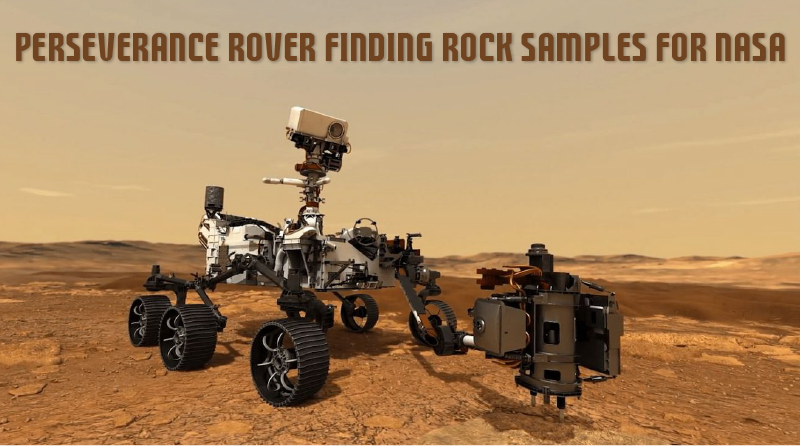The first rock sample from Mars has been retrieved by the Perseverance rover, designed and launched by NASA, earlier this month. Launched in July 2020, the rover landed over Mars’s Jezero Crater on 18th February 2021. The main aim of launching this rover was to look for the remnants of the ancient period and bring in samples of rock and regolith (broken rock and soil) for a possible return to the Earth.
Findings beyond earth…
There were few concerns regarding collecting samples from the Perseverance rover. The doubts arose, as the news of the robot might have dropped the slab drilled, as there was powder in the tube. But, earlier in September, NASA got new images from the rover, which showed a safe sample inside the mechanism.
It is indeed a historic moment as the core drilled represents the first-ever section of the rock from another planet brought to Earth for study. The Perseverance rover will gather about 15 such samples over the next year, and all the samples are later fetched home by a joint US and European effort at the end of this decade for detailed analysis.
The Perseverance Rover has landed on the Jezero crater, a deep and 45km wide depression positioned at some 20 degrees north of the planet’s equator. It looks like there might have been a lake billions of years ago, which is why scientists have sensed that Jezero’s sediments may hold traces of ancient microbial life and some biology of life happened to exist there long back. Away from this location, about 2km, a ridge nicknamed Citadelle was chosen by the Perseverance team that chose Rochette as the target for the latest drilling venture.
Capabilities on Perseverance rover
The robot can work with a caching system, which collects the finger-sized core of the rock-cut by drilling and later placed in a titanium tube. At this point, the images of these samples are taken and get sent to NASA. The sample sent by the Perseverance rover is sealed. In August, a similar sample was collected. However, before the sample got sealed, the coring mechanism might have shattered the sample into powder. There are chances of the sample having slipped onto the ground as what could be gathered by the incident.
But, this new image from the Perseverance rover of the sample received on Thursday has encouraged the scientists to continue with a future study plan. The pictures show a rocky material from Rochette in the corer head at the entrance of the cylindrical pipe, and now it is a rover that has to process the sample in its safe chamber. However, there is a need for more images that have to be taken with better lighting before proceeding to process, sources reported.
Ingenuity is a mini-helicopter that has made about 13 flights to date. These have always has been with Perseverance rover from the beginning. Although the copter was taken to Mars for technology demonstration, the Ingenuity is now used routinely to search the terrain ahead of the rover. It weighs less than 4 pounds, is designed to survive a harsh Martian environment (less than 1% of Earth) and can travel for about 980 feet at a time. It can fly about 10-15ft from the ground. All these movements are without human control, commands sent from Earth in advance.



